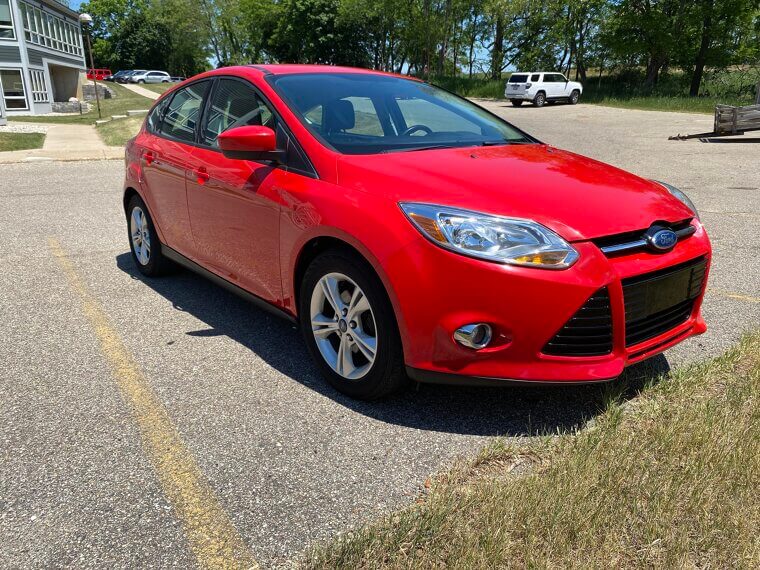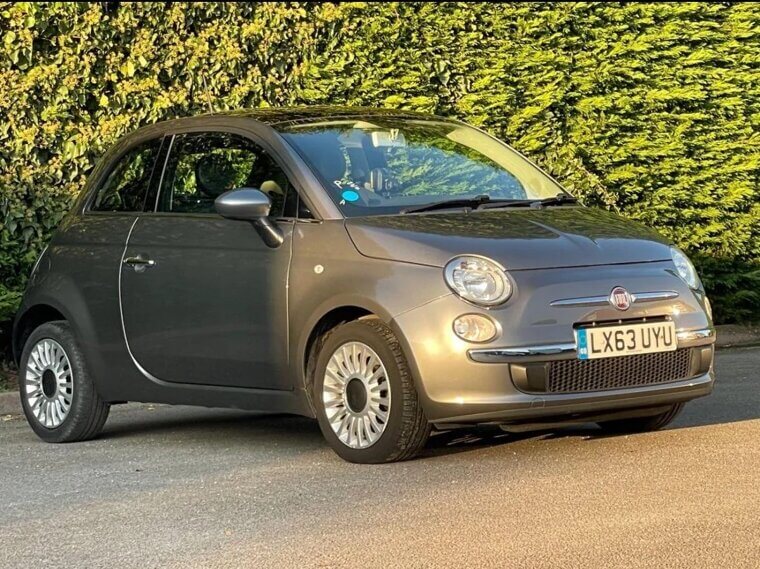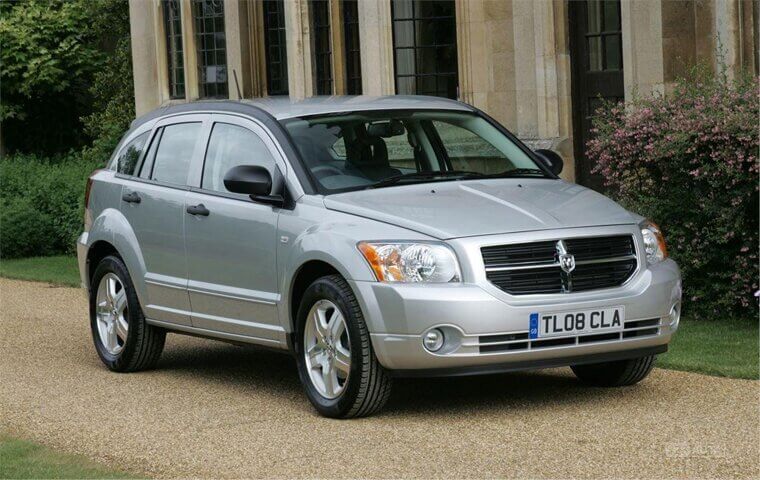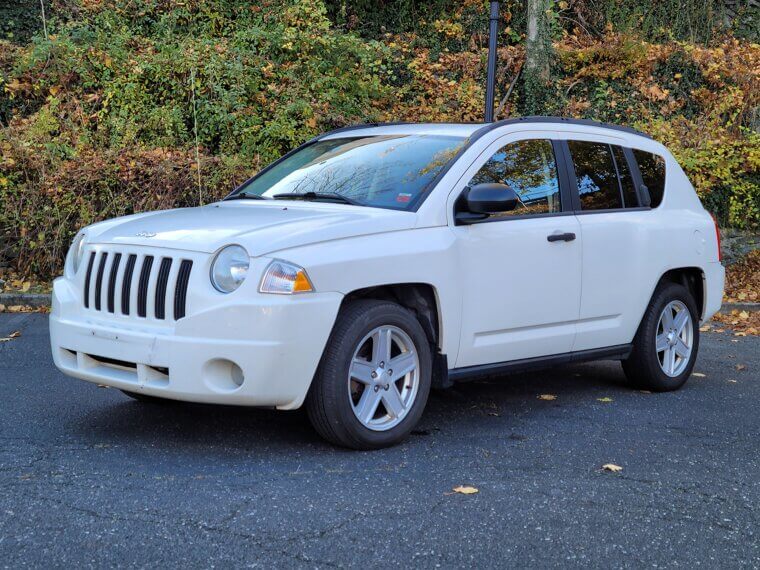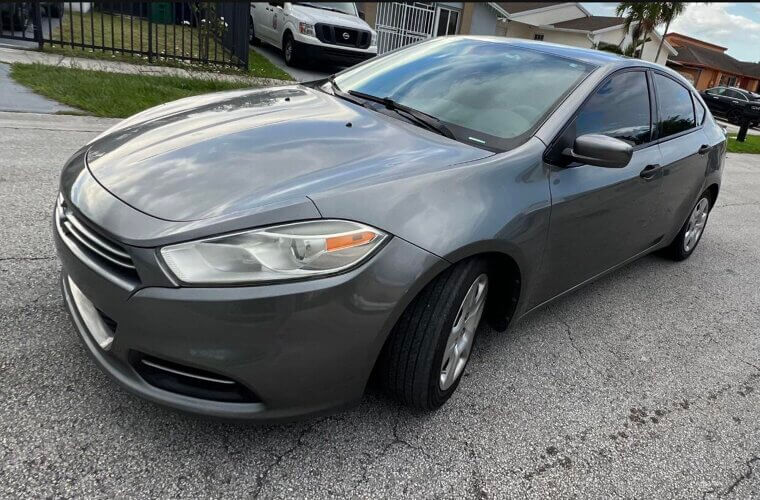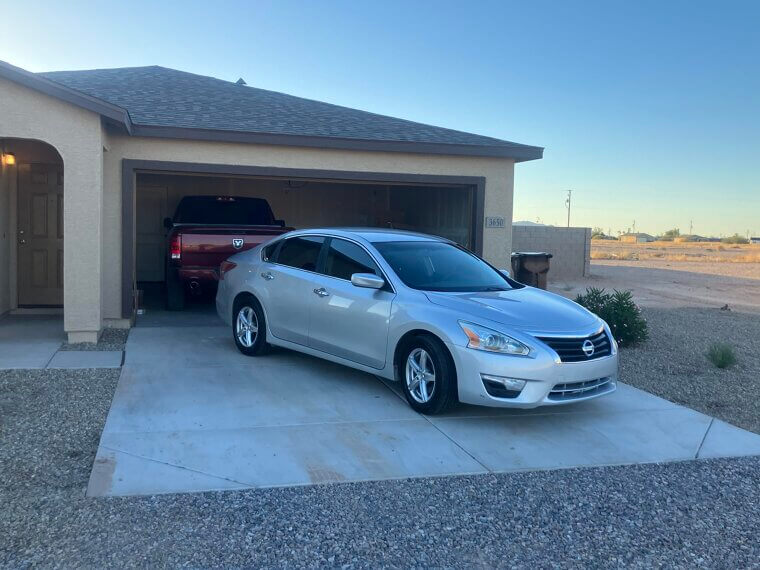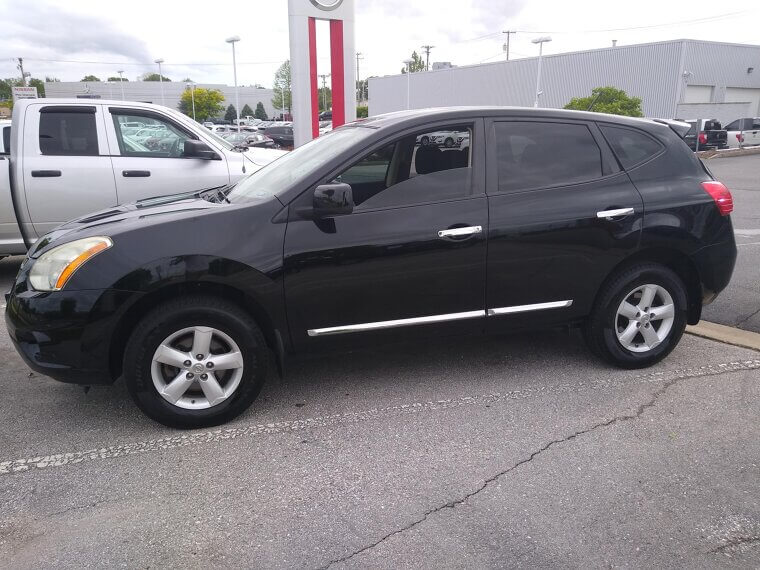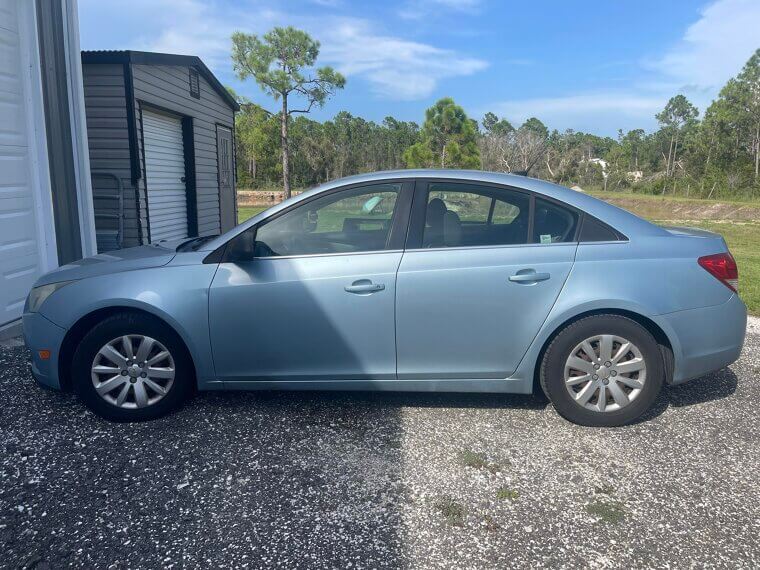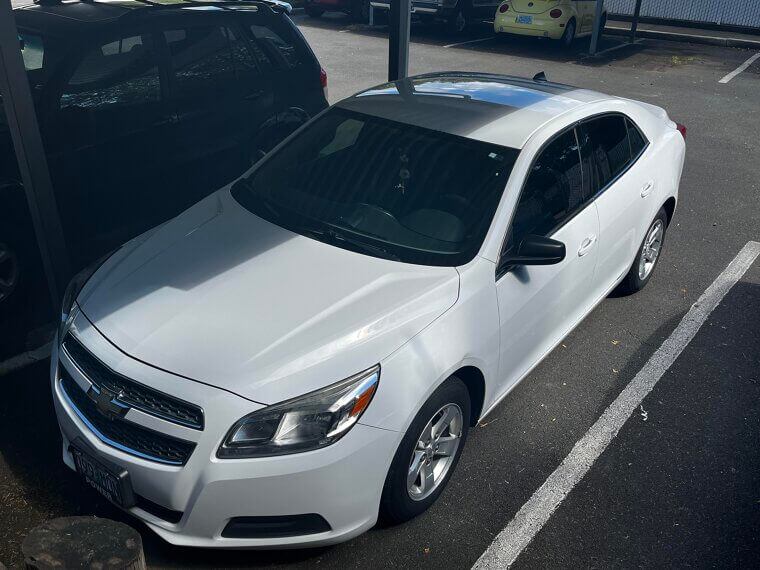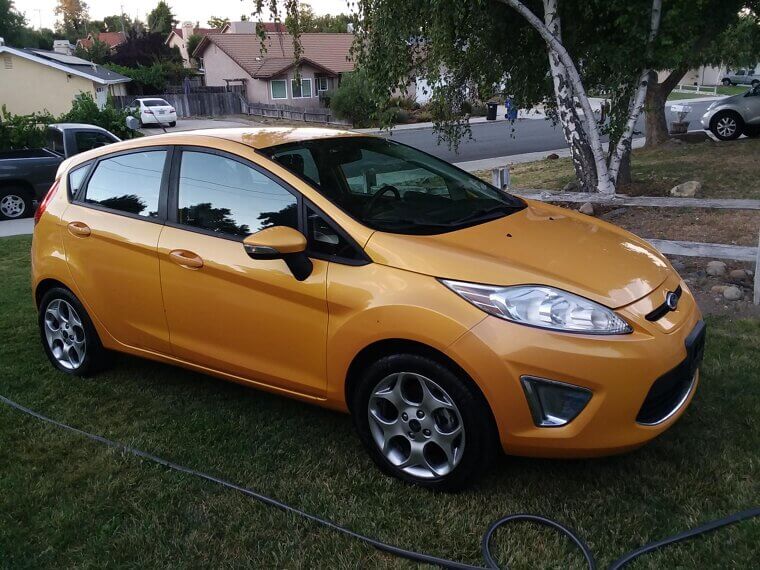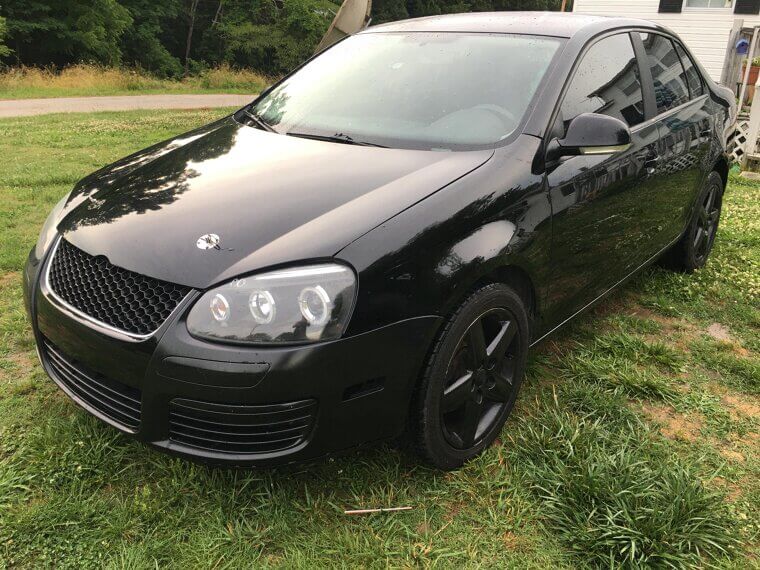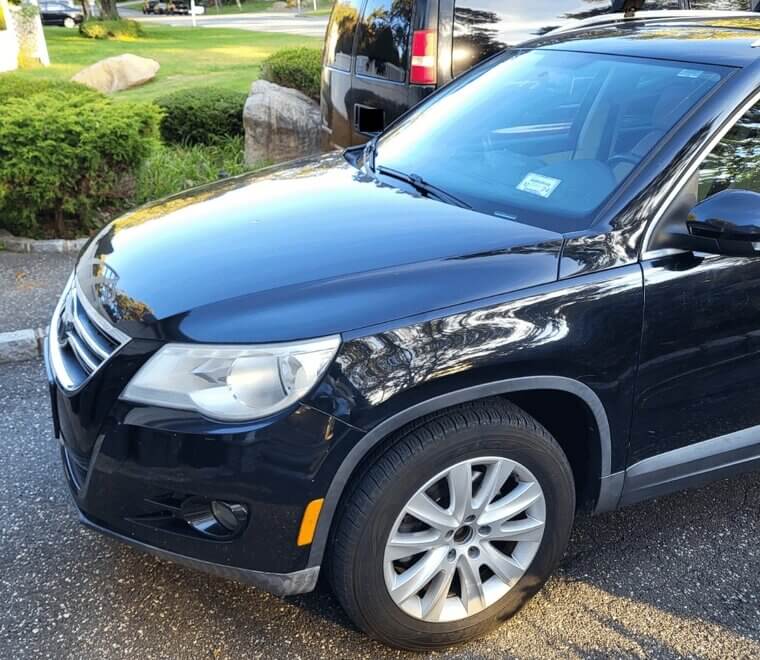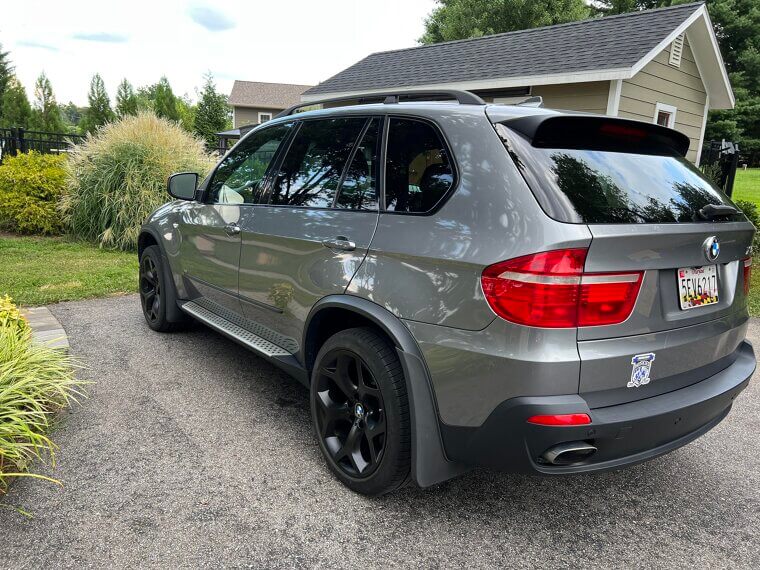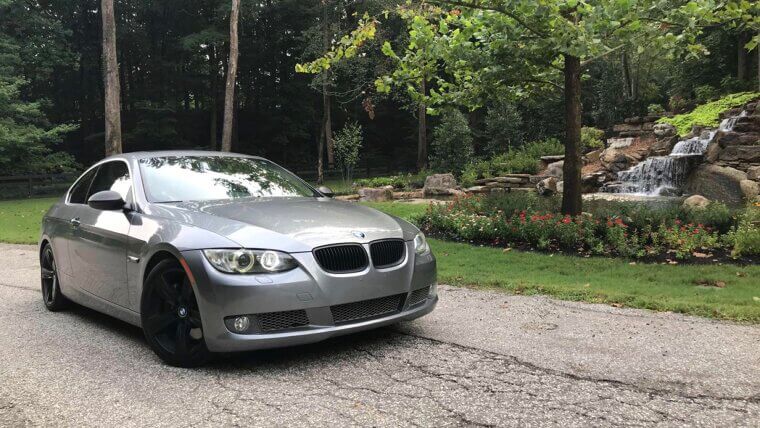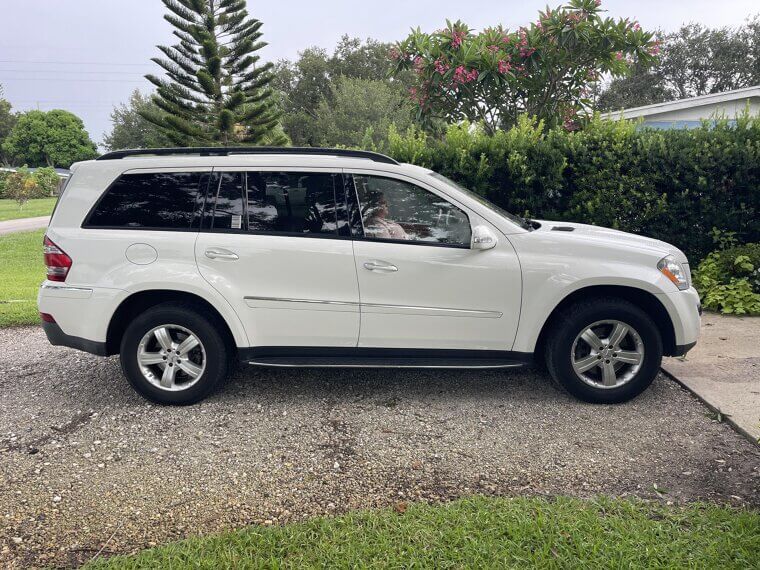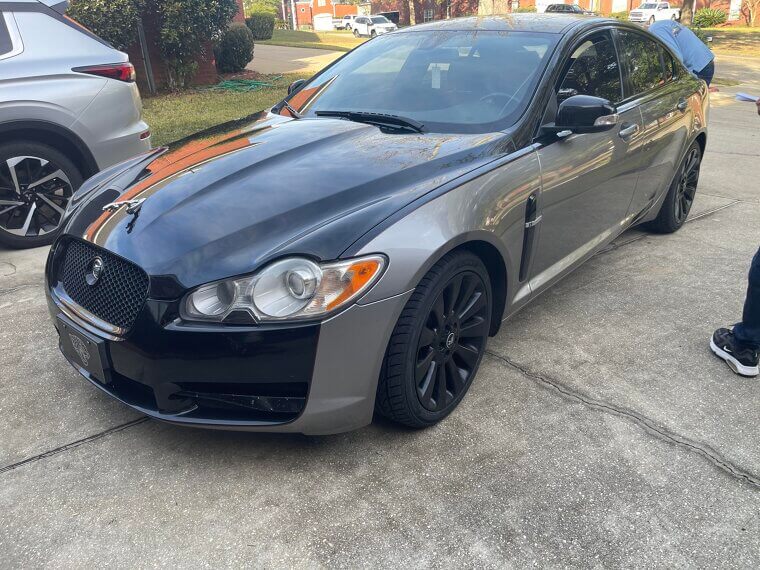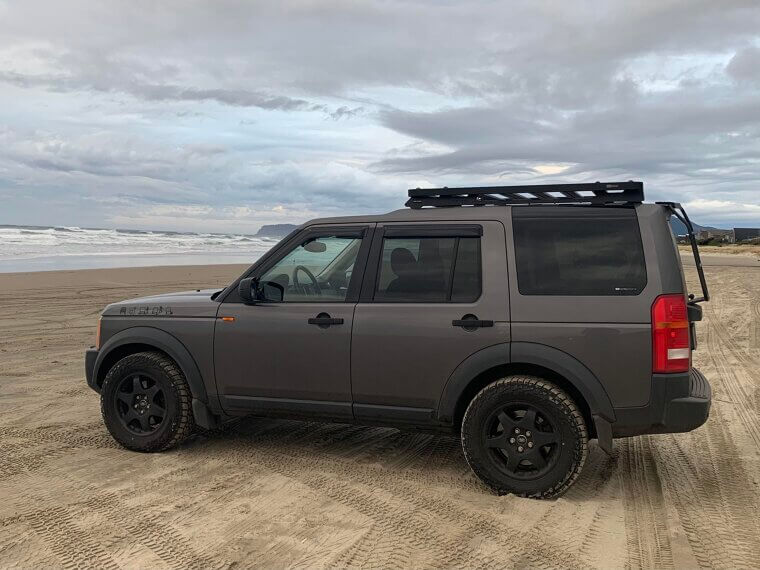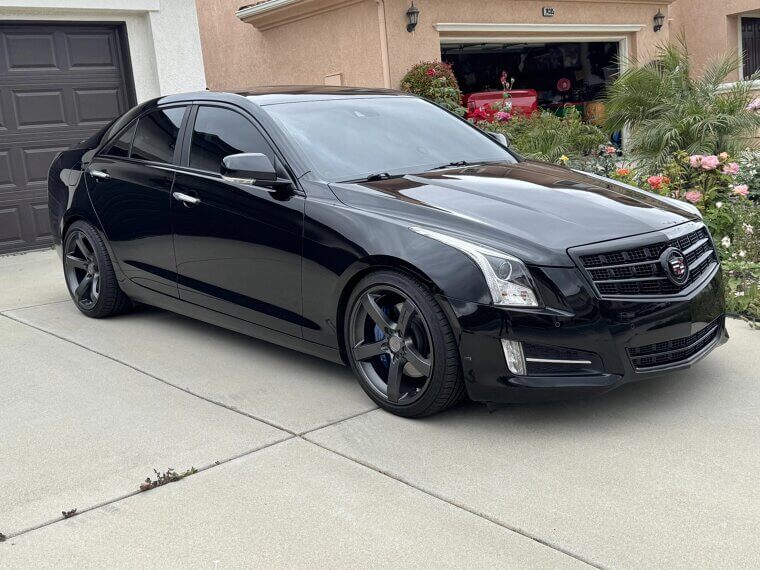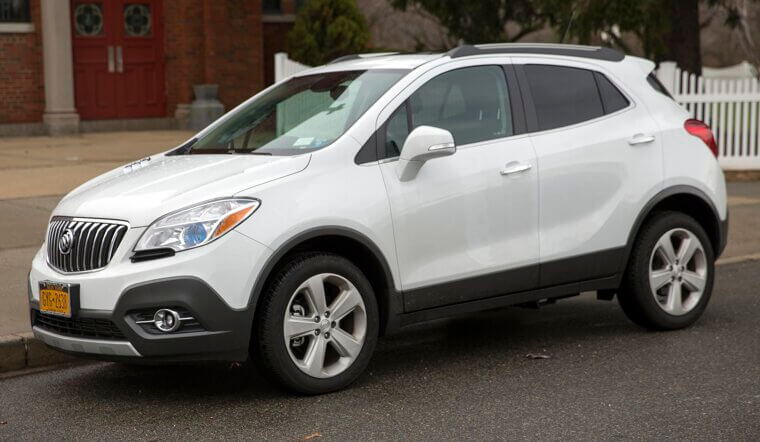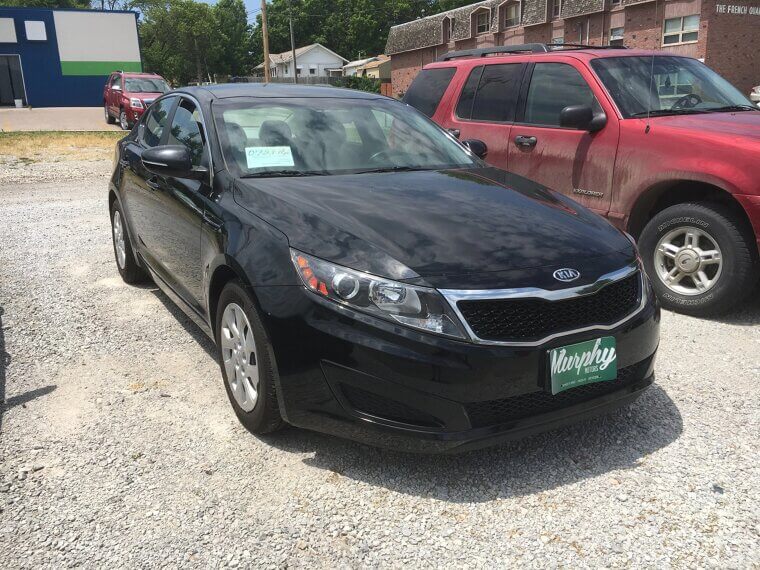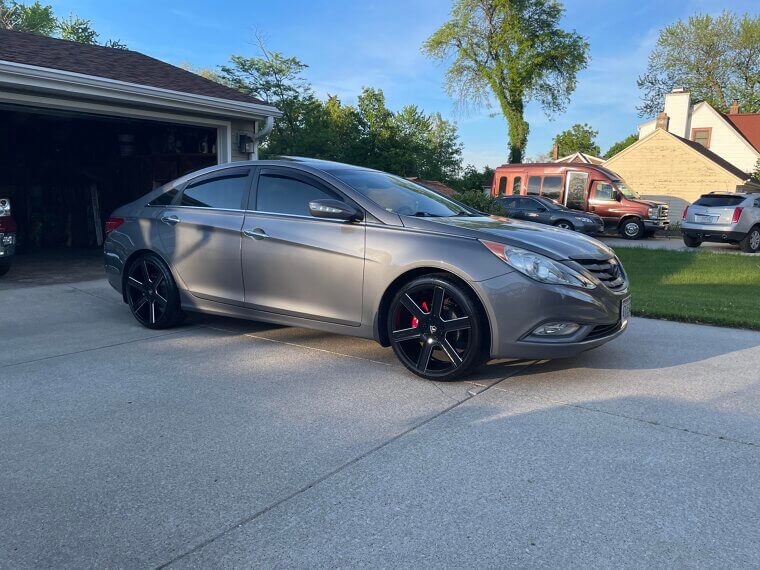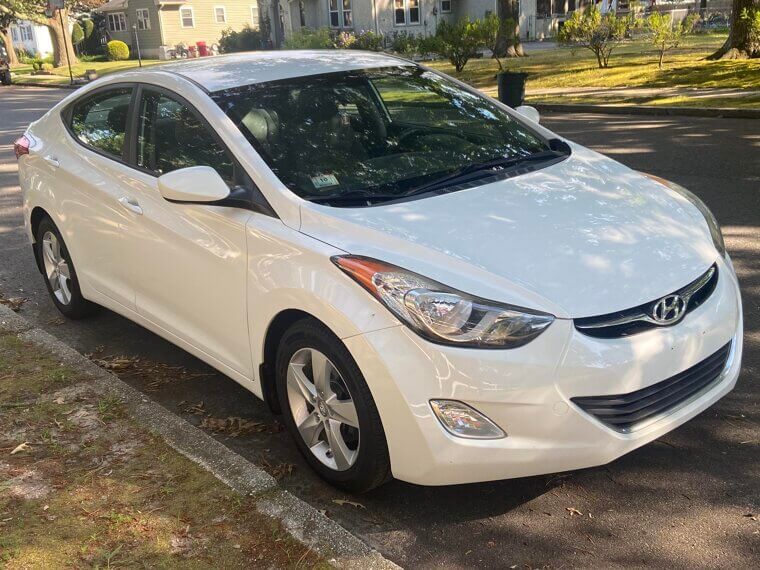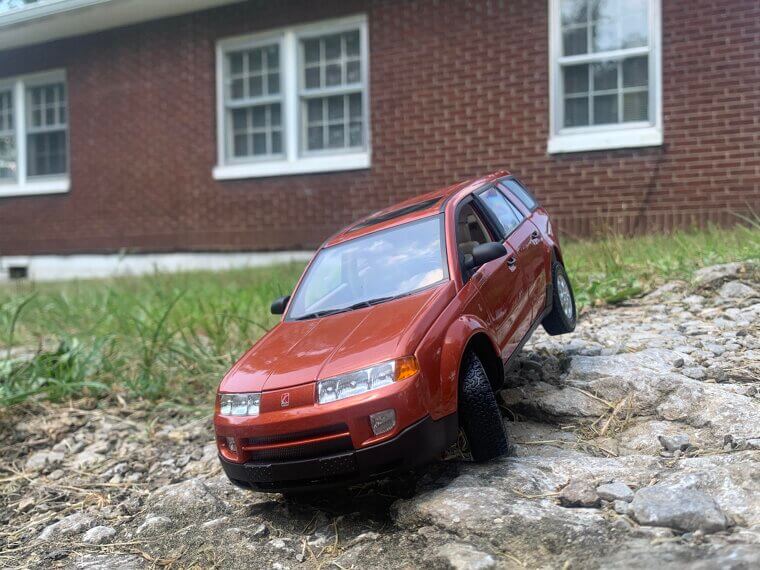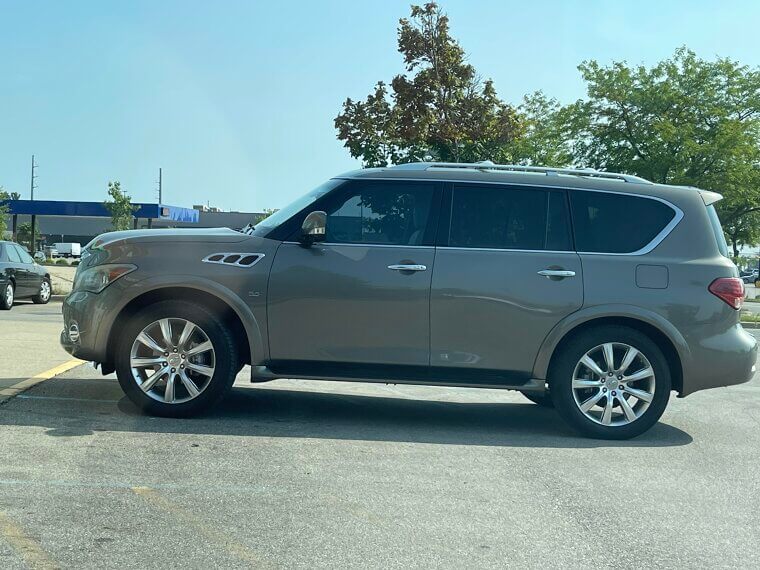2012 Ford Focus
The 2012 Ford Focus represented a markedly different image for the nameplate. It had been redesigned from the ground up to be both more stylish and more zippy in terms of handling. Unfortunately, its infamous “PowerShift” dual-clutch transmission made it a common sight at repair shops worldwide, and even Ford offered buybacks due to its persistent failures.
2012 Fiat 500
While the Fiat 500 is undoubtedly a cute car with plenty of subcompact charm and enough zippy handling to feel good to drive in dense urban environments, it’s also known to suffer from constant electrical gremlins and transmission issues, making it a common sight at repair garages all over the world.
2007 Mini Cooper
The original Mini Cooper was a staple of the compact car segment, and the 2007 model was intended to give new life to the iconic nameplate. That life turned out to be rather short-lived, however, due to turbo oil leaks, clutch failures, and timing chain issues that gave mechanics gray hairs.
2009 Dodge Journey
Dodge isn’t exactly known for their SUVs, and the 2009 Journey may be the reason why. After all, the least you can expect from an SUV is for it to be durable enough to handle off-road to some extent. Unfortunately, the Journey was poorly built and had a terribly weak 2.4L engine, which led mechanics to consider it one of the weakest SUVs of its era.
2007 Jeep Compass
Unlike Dodge, Jeep is actually known for its SUVs, but most people will tell you that the brand seems to have gone downhill instead of off-road since the mid-2000s. The Compass embodies all of modern Jeep’s problems, including build-quality issues and transmission failures that make owning a Jeep a burden rather than a blessing.
2015 Chrysler 200
The 2015 Chrysler 200 was intended to push Chrysler forward into the future with a focus on style and an emphasis on its 9-speed automatic transmission. And while it certainly looked great, that transmission ended up becoming the car’s Achilles heel. It drove just fine until 60k miles; after that, you were better off trading it in for another model.
2013 Dodge Dart
The Dodge Dart was released in 2013 and only lasted three years before being discontinued. That may have something to do with its dual-clutch gearbox, which was problematic to say the least, as well as several electrical issues that gave the car a reputation for unreliability.
2013 Nissan Altima
The 2013 Nissan Altima is a great car on paper: it’s stylishly made, with a comfortable, upscale interior and “zero-gravity” seats that make it a joy to drive. Unfortunately, its CVT transmission has single-handedly kept CVT repair shops and services in business.
2013 Nissan Rogue
Unfortunately, Nissan’s other 2013 release, the Rogue, didn’t fare much better than the Altima. Like that car, it was perfectly comfortable and stylish, and like that car, its CVT transmission was the bane of many mechanics’ existence. The CVT was likely to go before the paint ever started to fade.
2011 Chevrolet Cruze
Powered by a 1.4-liter turbocharged engine, the Chevy Cruze was stylish, comfortable, and surprisingly upscale thanks to its plush interior materials. Unfortunately, the car’s problems often landed it in auto shops all over the world, and included head gasket failures, coolant leaks, and turbo failures.
2013 Chevrolet Malibu
The Malibu is one of Chevy’s oldest nameplates, reintroduced in 2013 as a stylish, upscale sedan. It was immensely well-made from a design standpoint, but on a technical level, it could have probably done with some more time in the oven. Its electrical gremlins, transmission failures, and weak engine all made for one costly visit to the mechanic.
2011 Ford Fiesta
Unlike the Focus, the Fiesta (released a year earlier) was significantly cheaper, and clearly intended to be a more economically friendly vehicle from its “weaker” build materials and emphasis on fuel efficiency. That said, both the Focus and the Fiesta shared the same dual-clutch issues, though the latter’s reputation was not impacted as severely.
2006 Volkswagen Jetta
Despite technically being a compact car, the 2006 VW Jetta was praised for its roomy, comfortable interior and ample cargo space. Unfortunately, while its build quality was sturdy enough, its interior mechanisms were not, leading to costly repair bills once the warranty wore off.
2009 Volkswagen Tiguan
The Tiguan was not a luxury vehicle, but it certainly felt like one with its excellent interior, comfortable ride, and sporty handling. There was just one thing holding it back from true premium status: reliability. The Tiguan was a highly service-sensitive vehicle; skip one check-up and you would feel it immediately.
2007 BMW X5
It seems redundant to call the X5 a beautiful vehicle - after all, that’s pretty much implied by the badge alone. Unfortunately, the X5 was also something of a hot mess when it came to reliability. Common problems included suspension and cooling system issues, as well as early electronic failures, all of which made it a “beautiful headache”.
2007 BMW 335i
Like the X5, BMW’s 335i is a truly gorgeous machine, designed to be at the highest of ends of high-end luxury vehicles. It’s fast, it’s fun… and also fragile. Common troubles include turbo failures, excessive carbon buildup, and water pump issues, making it not just expensive to buy, but expensive to own as well.
2007 Mercedes-Benz GL
Mercedes-Benz sits right alongside BMW as two of the world’s most prestigious automakers, but even they have a few failures under their belt. Take the 2007 GL, for instance. While it was a luxurious ride, it also suffered numerous electronics and engine issues that made it a nightmare to own and repair.
2009 Jaguar XF
Just like the two brands mentioned before it, Jaguar is a luxury automaker that used to be held in very high regard. However, it’s cars like the 2009 XF that sullied its reputation, due to that vehicle’s numerous transmission and electrical failures.
2005 Land Rover Discovery 3
Believe it or not, the 2005 Land Rover Discovery 3 was intended to be better on-road than any of its predecessors, but it was clear that Land Rover still had some kinks to iron out. The Discovery 3 was plagued by air suspension and coolant system failures, and while it still handled great off-road, it wasn’t the versatile vehicle Land Rover probably wanted.
2012 Land Rover Range Rover Evoque
Released 7 years after the Discovery 3, the Range Rover Evoque fully leaned into the more versatile, on-road image the brand was aiming for. Unfortunately, its durability and reliability suffered as a result, and the Evoque was common at auto shops even before it could do 70k miles.
2013 Cadillac ATS
The 2013 Cadillac ATS was intended to compete with the BMW 3 Series for dominance in the luxury sedan segment, but ended up being far too complex for its own good, with electronics and transmission issues.
2013 Buick Encore
Like Cadillac, the Buick name used to be held in far greater esteem than it is nowadays. The Encore is a good representation of the brand’s problems - it’s a great-looking car on the surface, but rather shoddy once you dig a little deeper.
2011 Kia Optima
The 2011 Optima was a surprisingly stylish turn for Kia, but we wonder whether their emphasis on looks led to the vehicle’s actual components suffering. Needless to say, the Optima was anything but optimal, and forced Kia to issue massive recalls.
2011 Hyundai Sonata
The Sonata occupied a similar space to the Optima, with both being stylish mid-size sedans with a newfound emphasis on aesthetics and comfort. Unfortunately, it also suffered many of the same issues, though it was deemed the safest car of 2011.
2013 Hyundai Elantra
The Elantra was a compact economy car with excellent fuel efficiency and a stylish exterior that belied its cheapness. But while it was cheap to buy, it had no longevity to speak of due to several transmission and steering issues.
2014 Mitsubishi Mirage
Surprisingly, the 2014 Mitsubishi Mirage is one of the few nameplates on our list still going (without any rebranding or re-releases). It’s a car that seemingly lasts forever… albeit in a rather sad state due to poor build materials and atrociously weak 3-cylinder engine.
2007 Suzuki SX4
The 2007 Suzuki SX4 gained initial notoriety as the most affordable all-wheel-drive vehicle at the time of its release. Unfortunately, it was hardly the most reliable vehicle to begin with, and when the brand exited the US, repairing and maintaining it became a fruitless endeavor.
2005 Pontiac G6
The 2005 Pontiac G6 was released with “competitive pricing”, which ultimately helped many drivers who bought it since it required constant repairs and maintenance due to excessive transmission failures, suspension wear, and electrical bugs.
2010 Chevrolet Equinox
While the Equinox was a pretty good-looking ride with modest reliability, it suffered from abnormally high oil consumption rates. Mechanics would joke that the vehicle used more oil than gas most of the time.
2001 Chrysler PT Cruiser
The PT Cruiser is still remembered today for its distinctive styling and retro feel. But most folks forget that it was also wildly unreliable and often ended up at auto shops due to cooling system failures and head gasket leaks.
2002 Saturn Vue
The 2002 Saturn Vue is probably one of the least known vehicles on this list, and that’s because the nameplate didn’t last long at all. Its constant CVT and electrical failures probably had something to do with that.
2005 Scion TC
The Scion tC was designed to appeal to younger drivers, and while it certainly provided a cheap, fun driving experience, its various reliability issues somewhat dampened the experience.
2007 Mazda CX-7
The CX-7 was a great throwback to the Mazda sports cars of yore. However, while it looked great and offered plenty of sporty handling, it had severe timing chain issues and problems with oil consumption.
2004 Infiniti QX56
The Infiniti brand has long tried to carve out a niche for itself in the luxury market. The QX56 was supposed to be a big, luxurious SUV; unfortunately, it came with equally large issues that sent it to the auto shop too often for most people’s liking.
2012 Tesla Model S
The 2012 Tesla Model S was not the first EV on the market, but it was certainly primed to be one of the best. Despite its luxurious good looks, it was clear that the early EV tech had not been sufficiently durability-tested.

